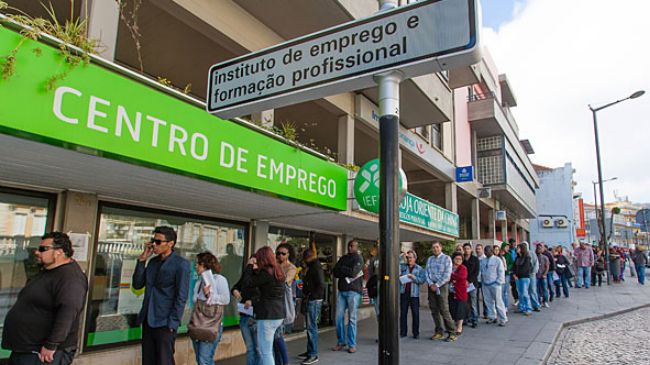Portugal has turned a corner. Having gone through a mild boom, a slump, and a severe recession, all packed into less than two decades, the Portuguese economy has reemerged with a newfound strength.
Eurasiareview examines this recovery in detail, focusing on important structural reforms that have taken place in the last couple of decades in key areas such as skills, investment, export orientation, labor market, financial intermediation, and public finances. The effects of these reforms were compounded by time as well as efforts to reignite demand.
In the run-up to introduction of the euro in 2002, perceptions about Portugal’s economic prospects and investment risk changed, resulting in a substantial increase in private debt and a mild domestic demand-led boom. The boom gave way, in the 2000s, to a decade of protracted growth, worsening labor-market conditions, steady accumulation of external imbalances, and rising debt.
Since then, the global crisis and the European sovereign debt crisis conspired to push the economy into a severe recession and led the country to embark on an adjustment program overseen by a troika of creditors.
GDP fell 7.9% from peak to trough, while employment declined 13.4%. Unemployment peaked at 17.5% in 2013 (youth unemployment hit 40%). Fiscal deficits rose to around 10% of GDP. Portuguese sovereign bonds were downgraded to ‘junk’. Nearly 500,000 people emigrated between 2011 and 2014–the largest emigration the country had experienced in 50 years.
Early signs of recovery in 2014 and 2015 turned out to be feeble and short-lived. Growth would eventually pick up with renewed strength in 2016Q3, and accelerated further to 2.7% in 2017 on the back of a 9% real increase in investment and 7.9% growth in exports. Employment rose 3.5% in 2017Q4 (year-on-year), while unemployment receded to 7.4% by 2018, its lowest level since 2004, and the labor force resumed an expansionary trend. This is now a sustainable recovery.
Fiscal deficits plunged to 2% of GDP in 2016, and 0.9% in 2017, the lowest in Portugal’s democratic history. In structural terms, this implied a reduction of 1.4 percentage points in two years, above what is envisaged in the Stability and Growth Pact. The stock of public debt fell 4.3 percentage points in 2017, the most significant drop in 20 years, while private sector debt (i.e. for non-financial corporates and households) declined to 163.5% of GDP, down from a peak of 210.3% in 2012.
The steady, solid recovery of the Portuguese economy is, in fact, grounded in lasting structural changes in skills, investment, export orientation, and in the labor market, spread across the last two decades.
All together, they have made great strides in addressing key structural weaknesses in the Portuguese economy, and have thus helped lay the foundations for a more resilient and prosperous economy.


